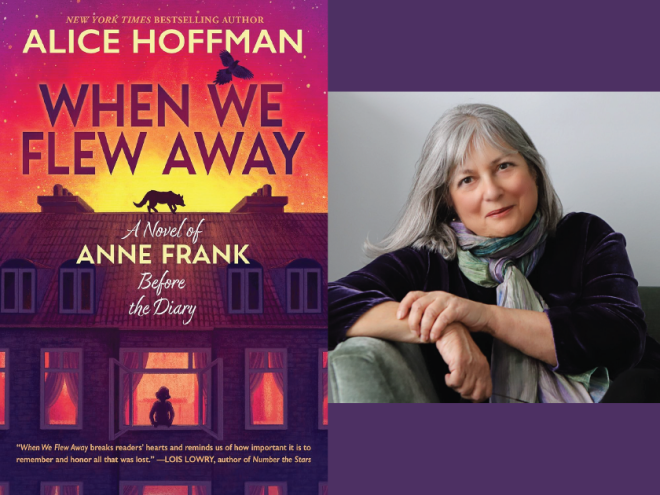A young woman born with thinly webbed hands, who spends her days entertaining Coney Island crowds from inside a water tank as a “human mermaid,” and swims the Hudson River once it gets dark; a young man born in the Ukraine, who escaped his Jewish Orthodox upbringing and now traverses the Manhattan landscape with a camera. These are the central characters in Alice Hoffman’s theatrical novel, The Museum of Extraordinary Things. It is the early 1900s, and Coralie Sardie and Eddie Cohen live in what might as well be different worlds — one in Manhattan, the other in the depths of Brooklyn. But through a series of accidents involving a young woman who disappeared on the same day as the Triangle Shirtwaist Factory fire, these two find their lives incontrovertibly entangled.
Hoffman constructs an account of mystery and intrigue, but it is the historical details that she draws on, over the course of the book, that add texture to what otherwise could have been merely an over-the-top, fanciful tale. Instead, the reader is immersed in the characters and landscapes that made up New York City in the early twentieth century and that often come to life in Hoffman’s careful, sometimes commanding prose: the Lower East side tailors, the photographers who rivaled Stieglitz, the Coney Island ballrooms and amusement parks, the factories. The literary allusions peppered throughout the book also serve to transport the reader, to a century when works by Poe and Whitman and the Brontë sisters were still electrifyingly recent.
Hoffman’s latest work is heavily invested in the histories, both personal and communal, that we are born into and the choices we make in relation to those histories. As Eddie, born Ezekiel, reminds himself, early in the book: “Fate was both what we were given and what we made for ourselves.” For these characters, fate is ordinary life, reached through extraordinary chance.
Related content:



